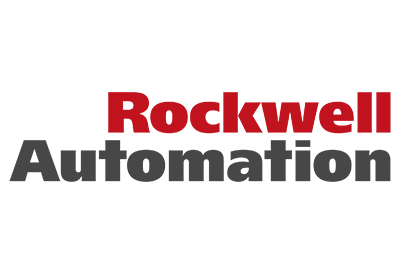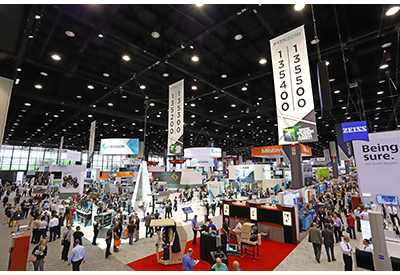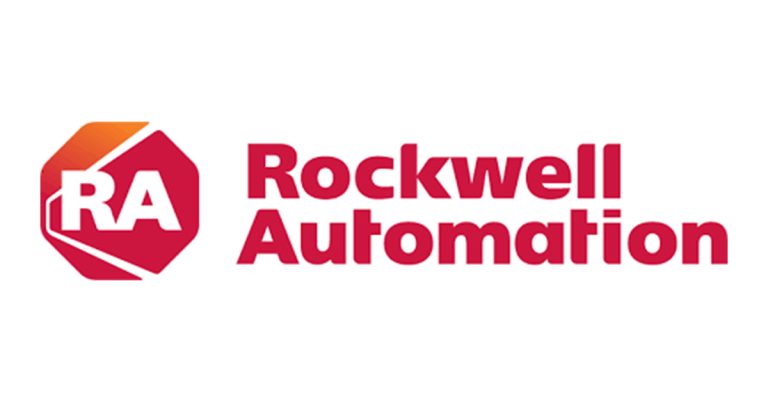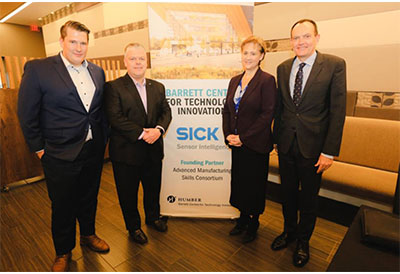Survey Shows Ties Between Industrial Safety, Security and Operational Improvements

October 2, 2018
Industrial companies are using safety to not only mitigate risks but also to improve productivity and profitability, according to a survey by LNS Research. The survey finds organizations are using the three core elements of safety maturity – which include safety culture, procedures and technologies – to avoid safety incidents and improve business performance. In addition, risk management increasingly includes both safety and security risks.
From a culture standpoint, the survey found that organizations in which EHS, operations and engineering collaborate to improve all aspects of safety reported a median incident rate 15 percent lower than those without this collaboration. Organizations with cross-functional safety collaboration were also found to have a 12-percent better on-time delivery performance.
On the technology side, 75 percent of industrial companies said they have seen operational improvements resulting from the use of advanced safety technology. Similarly, 60 percent of respondents said they have seen financial improvements resulting from the use of advanced safety technology.
“The LNS Research survey shows that best-in-class manufacturers are making industrial safety a pathway to operational excellence,” said Lee Lane, vice president, safety, sensing and connectivity at Rockwell Automation. “These top performers use contemporary safety technologies, make safety a company-wide value and use standard processes to design safety and productivity into machinery.”
In 2013, Rockwell Automation introduced the Safety Maturity Index for end users to measure and improve safety performance. Many best-in-class companies use the tool today. Rockwell Automation also introduced a version for machine builders to help them create machines that deliver productivity gains and comply with modern safety standards.
The LNS Survey results also support OEMs building safer machines, as 20 percent of respondents said they are willing to pay a premium for increased safety performance.
Challenges to Safety Maturity
While the LNS Research survey results confirm that many industrial companies are improving safety maturity, they also identify areas where manufacturers are falling short.
Culture: About half of respondents (49 percent) claim that safety is viewed as a core value across all levels of their organization. However, only 19 percent said their organization has C-level commitment to make the necessary investments in safety. This disconnect indicates that many companies do not have a culture that is fully supportive of safety.
Additionally, only one in four respondents said their EHS, operations and engineering EHS teams effectively collaborate to improve all aspects of safety.
Technologies: Almost half of respondents (49 percent) said top challenges to improving EHS performance included disparate systems and data sources. Meanwhile, almost two-thirds (64 percent) of respondents said they have not implemented dedicated EHS software. This indicates there is a big opportunity for companies to use modern information-management technology to better manage their safety performance.
Only 24 percent of respondents said they use lockout/tagout alternatives to improve operational performance. And even fewer (11 percent) said their organization is using industrial IoT technologies to holistically manage operations and safety. However, 20 percent said they will start using industrial IoT technologies this way in the next 12 months, and 17 percent said they will require that new equipment be smart and connected within that same time period.
Procedures: Widely adopted standards call for a lifecycle approach to risk management which can help companies address risks in their equipment and production from design to retirement. However, only 28 percent of respondents said they use such an approach. What’s more, only 27 percent of respondents said they use a lifecycle approach to safety-system management.
A full report on the LNS Research survey, which includes recommendations for how manufacturers can use safety maturity to drive operational excellence, is available here.
For more information Rockwell Automation Inc.
















